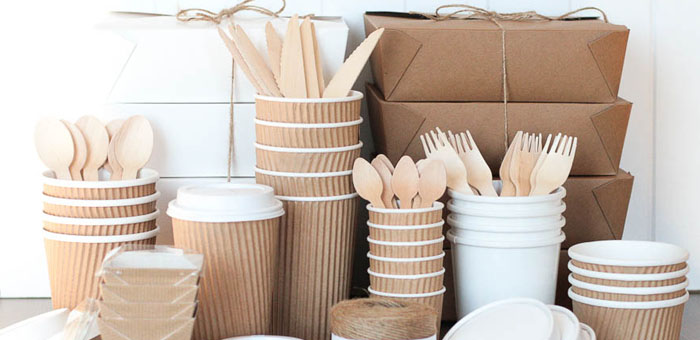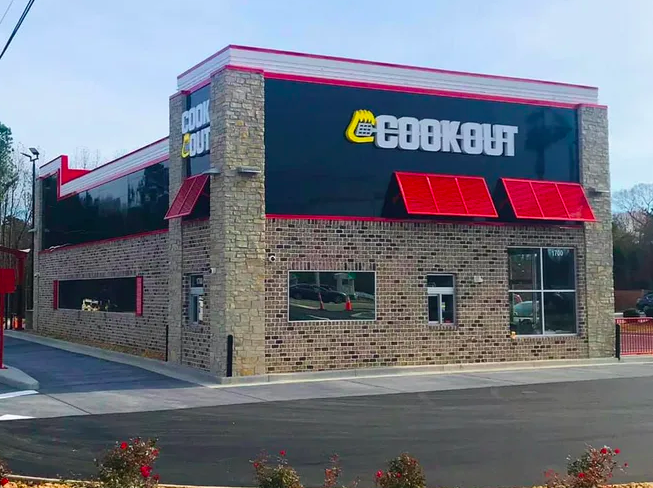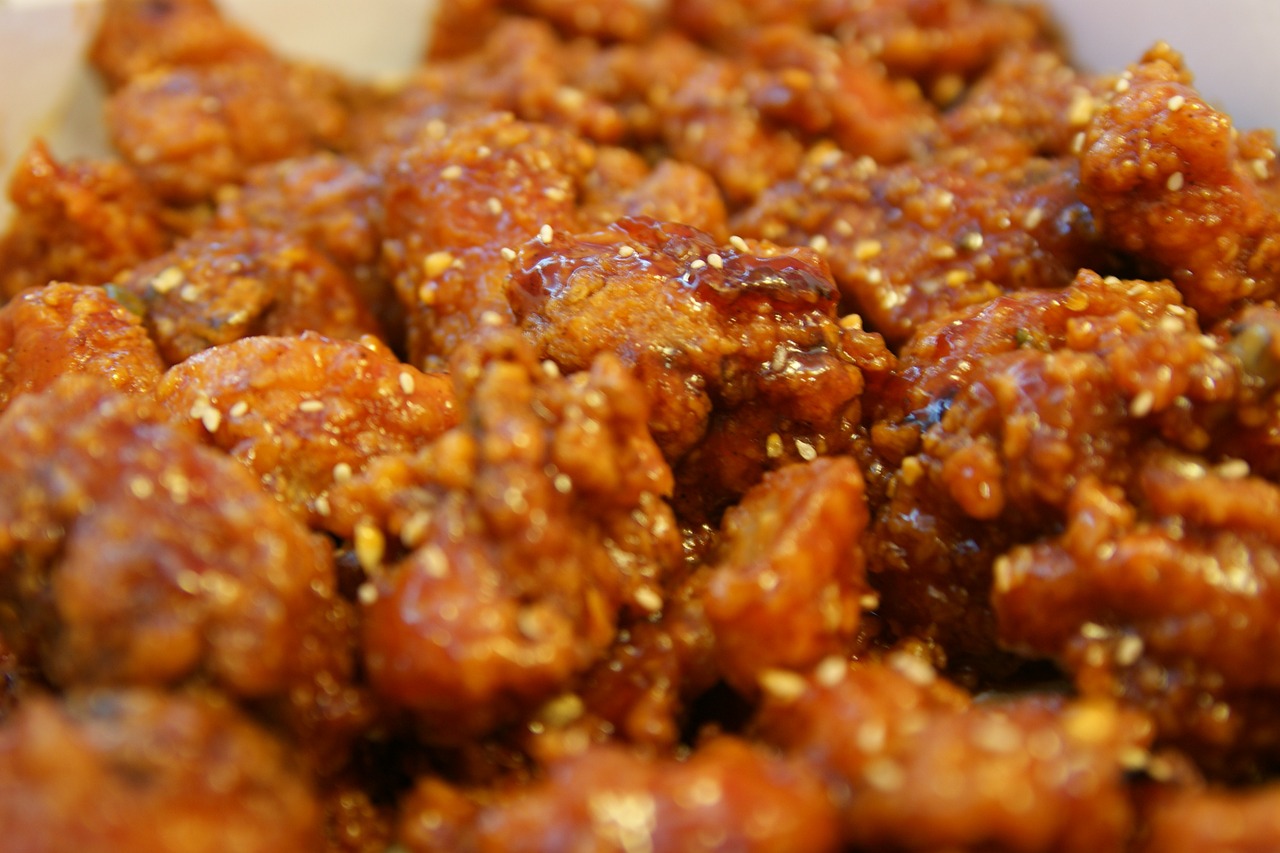Doggy bag may be an outdated term, but almost all food trucks need food containers. As a food truck owner, you have several options to choose from. The size, shape and material will depend on the food you are serving and how it’s packaged.
Standard carry out food containers come in different materials. Ultimately, the best container for your operation depends on the type of food you serve. Consider aluminum, Styrofoam, plastic, plastic or bioplastic containers for your mobile food business. Keep in mind how customers may reheat the food, as well as how the food will hold up during transport.
Choosing The Right Food Containers For Your Food Truck
Aluminum Food Containers
Aluminum food containers hold in the heat and are great vessels for reheating (except the microwave). Slightly tougher than foil, they can go straight from the refrigerator to the oven, so many of your customers appreciate it when leftover pastas, pizza or meat dishes are stashed in an aluminum container.
- Types of Aluminum Containers: Aluminum containers are available in round, square or rectangular shapes. These containers are usually low and have ridged edges. For a chafing dish substitution, select a rectangular full-size container for using as a chafing dish or in a steam table. You may also prefer aluminum foil to use as food wrap rather than use an actual container. Try aluminum food wrap for items like burritos and sandwiches.
- Is Aluminum Right for You? Heavy-duty items are great for reheating, freezing, transporting and serving. Another perk: it’s recyclable.
You’ll probably need to purchase separate lids, or use foil to cover your aluminum containers.
Styrofoam Food Containers
Styrofoam containers are made from the chemical, polystyrene. This makes them excellent insulators. These containers are common for everything from burgers to steaks.
- Types of Styrofoam Containers: Clamshell containers have a built-in lid. Use a compartmentalized container for orders that include different ingredients or separate sides.
- Is Styrofoam Right for You? Styrofoam’s lightweight, insulating and low-cost properties are perfect for many types of foods. It can handle heavy food items like pasta, and it’s great for both hot and cold items.
Styrofoam has also been known to leach chemicals when heated. They are not recommended for long-term use. It’s not recyclable and can take years to decompose. Before placing an order, check with your local municipality to see if they allow vendors to provide Styrofoam containers.
Plastic Food Containers
Common in delis and grocery store produce departments, plastic is strong and durable. The added benefit of a tightly-sealing lid can be helpful for products like pasta salad, soup and juicy fruit pieces with a tendency to leak. Plastic is usually transparent for added visibility.
- Is Plastic Right for You? Plastic containers are sturdy and durable, great for heavy or liquid items. Plastic is often recyclable and can be reused, making it a nice option for thrifty customers.
Bio-plastic containers usually require separate lids. Microwave use is typically not recommended.
Bio-plastic Clamshell Food Containers
Bioplastic is the term for containers made of renewable materials like corn, potatoes and other plant-based substances. Just like plastic or Styrofoam, bioplastics are available as cups, plates and containers for holding and transporting food items.
- Bio-plastic Clamshell Containers: Bioplastic clamshell containers are especially common since they have built-in lids and compartments to keep foods separated.
- Is Bio-plastic Right for You? Bioplastic carryout containers are great alternatives for plastic, Styrofoam and other non-recyclable containers. They are designed to decompose when composted, but usually require special composting centers to truly break down.
The biggest downside to bioplastics is its weak composition and its tendency to breakdown in high heat. These containers are also usually more expensive than their traditional counterparts.
RELATED: Create A Food Truck Brand Strategy The Right Way
The Bottom Line
Do you think that traditional doggy bag packaging fully represents your food truck brand? Experts say, “you eat with your eyes,” and if your food truck brand is your food, then choosing the right food containers is critical to your bottom line.
What type of food containers do you use in your food truck? Share your thoughts below or on social media. Facebook | Twitter




